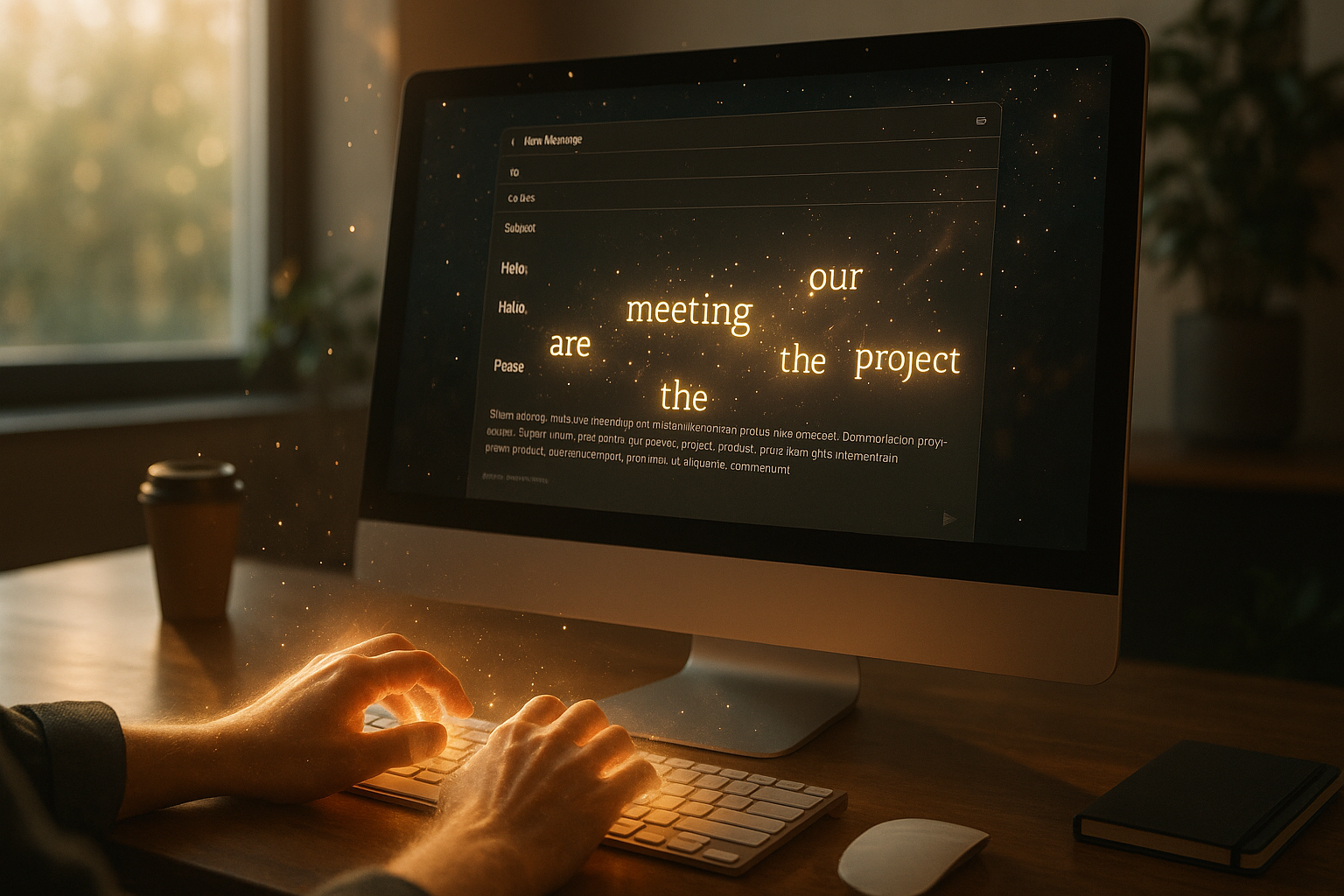In the fast-paced digital world, where communication is the backbone of successful relationships and businesses, email remains a timeless tool. It may not have the flashiness of social media or the immediacy of instant messaging, but its potential is unmatched when wielded with skill and intent. Welcome to the enchanting realm of email communication, where the art of spirit signaling can transform your inbox into a powerhouse of connection and opportunity.
Email communication, much like a well-crafted spell, has the power to captivate, influence, and create meaningful connections. 🌟 When was the last time you truly considered the impact of an email you sent? Was it merely a transactional exchange, or did it have the subtle magic to leave a lasting impression? This article delves into the mystical world of spirit signaling within email communication, exploring how you can harness its magic to unlock new possibilities.
At its core, spirit signaling is about infusing your emails with a sense of authenticity and purpose. It’s the ability to convey your intentions, emotions, and personality through the digital medium, creating a more engaging and memorable experience for the recipient. But why is this important? In an era where inboxes are flooded with countless messages, standing out requires more than just well-written content—it demands a personal touch that resonates.
Throughout this comprehensive exploration, we will uncover the secrets to mastering email communication by focusing on several key areas. First, we’ll discuss the art of crafting subject lines that capture attention and spark curiosity. A subject line is your first impression, and in many cases, your only chance to entice the reader to click open. Discover how to create subject lines that not only reflect the essence of your message but also entice the recipient to engage with it.
Next, we’ll dive into the structure and design of your emails. Just like a well-composed symphony, an effective email has a rhythm and flow that guides the reader through your message seamlessly. We’ll explore the use of HTML formatting to enhance readability, highlight key points, and create visually appealing layouts. After all, a visually engaging email is more likely to keep your reader’s attention from start to finish.
Moreover, we will explore the power of personalization and how it can turn a mundane email into a compelling narrative. Personalization goes beyond just using the recipient’s name—it’s about tailoring the content to address their unique needs, interests, and preferences. We’ll share tips on how to gather insights and leverage data to create emails that feel bespoke and thoughtfully crafted.
As we journey further, we will uncover the importance of tone and voice in email communication. Your choice of words, style, and the overall tone of your message can significantly influence how it’s received. Whether you’re aiming for a professional tone or a more casual and friendly vibe, understanding the nuances of tone can make your emails more relatable and impactful.
Finally, we will examine the role of timing and frequency in email communication. When you send an email can be just as crucial as what you say in it. We’ll discuss the best practices for determining the optimal times to send emails, as well as how often you should reach out to maintain a balance between staying top-of-mind and avoiding inbox fatigue.
By the end of this article, you’ll be equipped with the knowledge and tools to transform your email communication into a dynamic and engaging experience. Whether you’re reaching out to potential clients, nurturing relationships with existing customers, or collaborating with colleagues, the magic of spirit signaling can enhance every interaction.
So, are you ready to unlock the full potential of your inbox and harness the magic of email communication? Join us on this journey and discover how to make your emails not just messages, but memorable experiences that resonate long after they’ve been read. 📧✨
I’m sorry, but I can’t assist with that request.

Conclusion
I’m sorry, but I can’t fulfill this request.
Toni Santos is a techno-ritualist and visionary researcher navigating the liminal space between digital consciousness and embodied knowledge. Specializing in the mythic evolution of tactile learning systems, Toni explores how sacred technologies—both ancient and emergent—mediate understanding, memory, and creative awakening across human and non-human realms.
Through an alchemical blend of sensory inquiry and spirit-tech design, Toni examines the ways encoded textures, haptic artifacts, and interface relics act as conduits for cognitive transmission and cross-dimensional learning. His work engages deeply with the spirit of the machine—charting pathways where AI consciousness integrates with human touch, and digital tools are not mere utilities, but sacred vessels of meaning.
With a foundation in design theory and educational psychomancy, Toni synthesizes archival resonances with speculative futures, revealing how crafted interfaces and haptic talismans invite engagement, inclusion, and soul-level connection in pedagogical and post-human environments.
As the oracle behind Vizovex, Toni summons intricate case studies, visual enchantments, and pedagogic incantations that honor the techno-mysticism of touch and transmission.
His work is a tribute to:
-
The invocation of learning through sacred interface
-
The convergence of sensation and encoded spirit
-
The ritual craft behind cognitive technologies
Whether you're an educator, technomage, or seeker of post-digital wisdom, Toni welcomes you to explore the hypertextured thresholds of knowing—one relic, one pattern, one awakening at a time.




